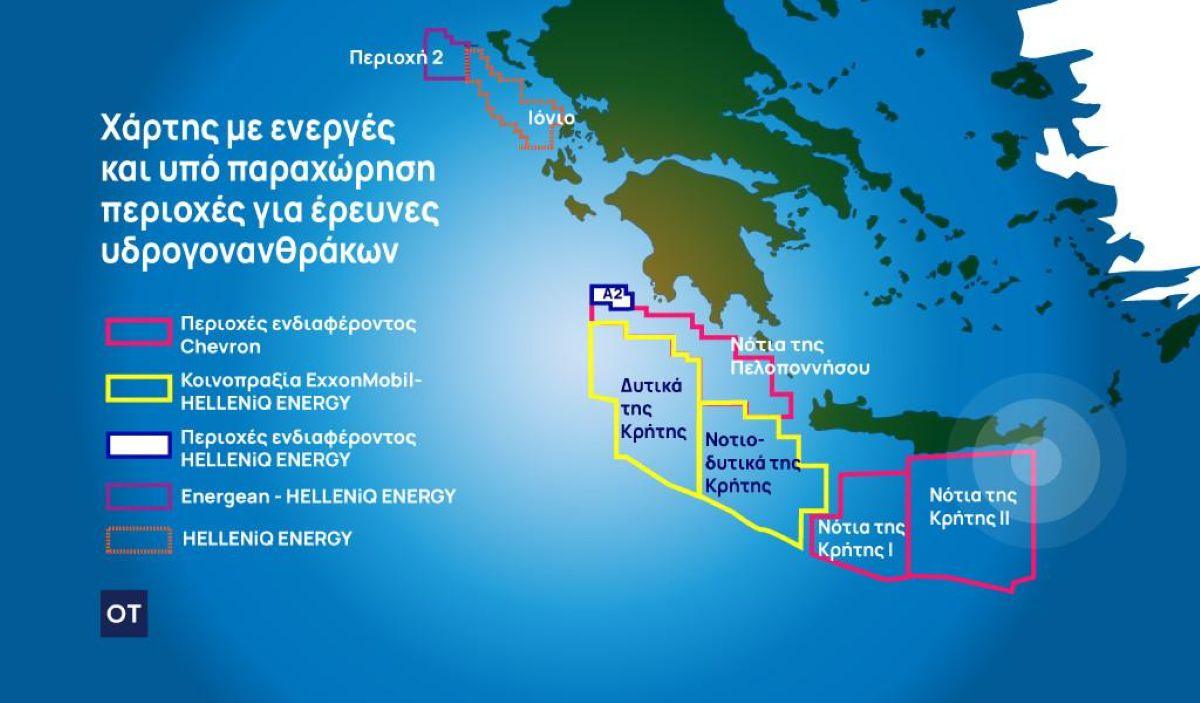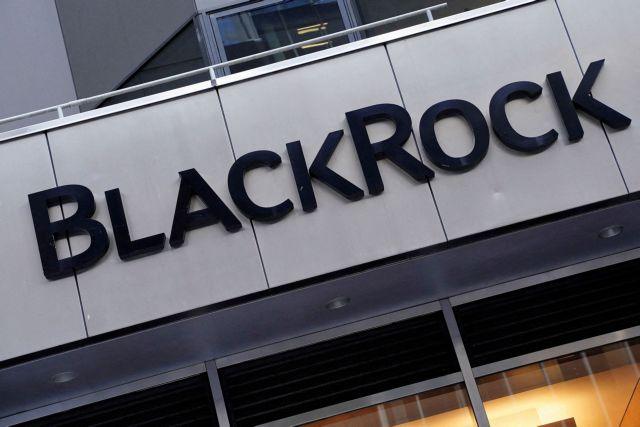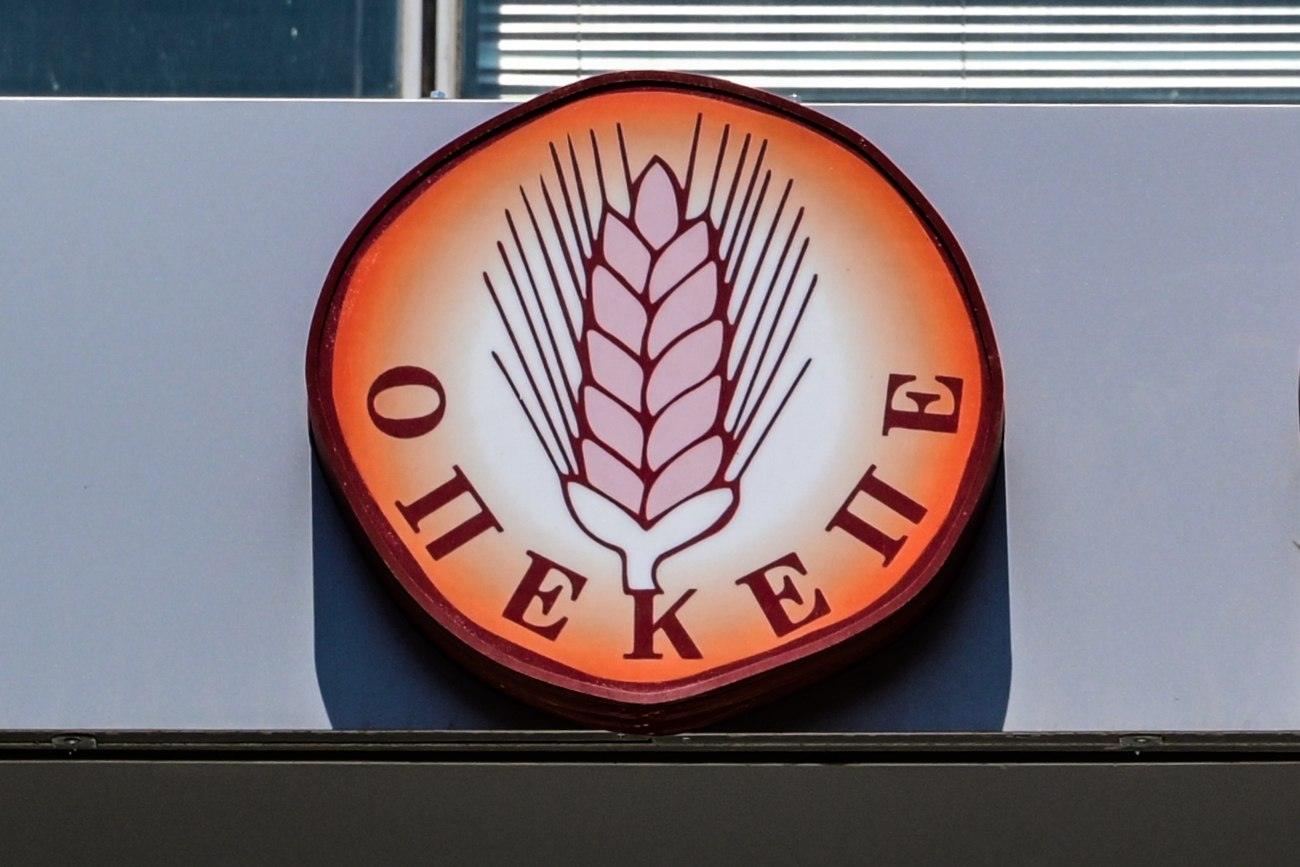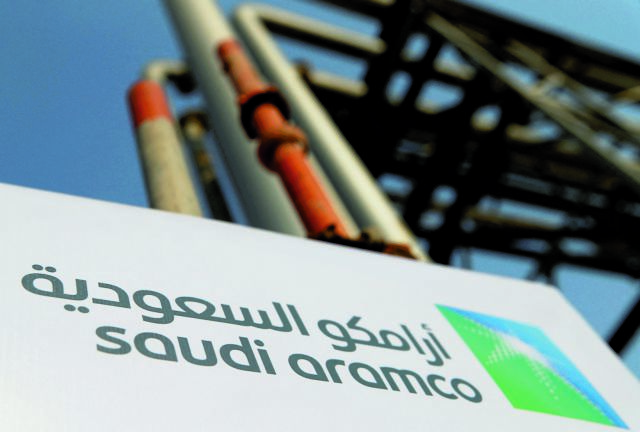Moody’s sees benefits but also risks from the increased lending of commercial banks by the European Central Bank’s long-term financing program, which is at historically high levels, with Greek banks remaining the largest borrowers in terms of assets (Targeted Longer-Term Refinancing Operations – TLTRO capital corresponds to 14% of assets).
The rating agency believes that the increase in bank lending by the ECB leads to higher profits in the short term but also to long-term risks. Moody’s notes that it takes into account the dependence of Eurozone banks on cheap ECB financing when analyzing underlying credit trends.
Lending by Eurozone banks under the TLTRO mechanism almost quadrupled during the pandemic, reaching 2.2 trillion euros in June this year, from about 600 billion at the end of 2019, an amount corresponding to 6% of the banks’ assets , from 2% at the end of 2019. Moody’s reported that the countries of southern Europe (Italy, Greece, Spain, and Portugal) are the biggest beneficiaries of the program, which first appeared in 2010 to provide liquidity support to the banking system during the debt crisis. Since the start of the pandemic, however, core banks have begun participating en masse in the program, with French, Italian, and German banks dramatically increasing their lending, to € 450 billion, € 440 billion and $ 420 billion in new debt, respectively.
With the TLTRO program, the ECB provides long-term loans to banks at favorable costs.
Moody’s does not consider the high use of TLTRO to be a sign of underfunding, however, in some cases the significant use of TLTRO funds may make banks’ financial figures less representative of their true position.
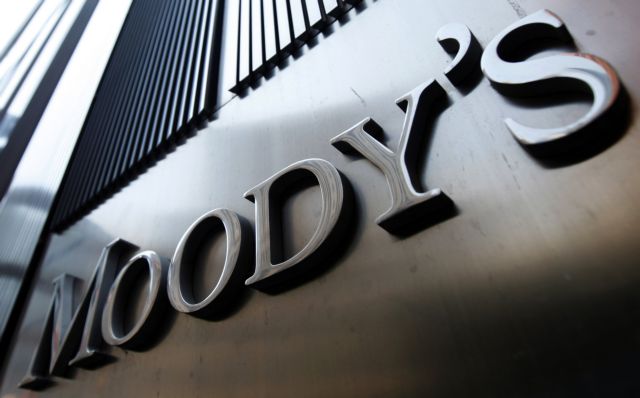











![Δασμοί: Οι εμπορικές συνομιλίες ΕΕ-ΗΠΑ για τους δασμούς στα αυτοκίνητα [γραφήματα]](https://www.ot.gr/wp-content/uploads/2025/07/tofas.jpg)
![Τεχνητή νοημοσύνη: Η ζήτηση ενέργειας αυξάνει τις εκπομπές CO2 [γράφημα]](https://www.ot.gr/wp-content/uploads/2025/02/data-center.jpg)
![Χρυσές λίρες: Πουλάνε μαζικά οι Έλληνες το εξάμηνο του 2025 [γράφημα]](https://www.ot.gr/wp-content/uploads/2025/07/photo_2025-07-04_13-01-06.jpg)






